Colombia Visa And Residency Information- FAQs
Cities such as Barranquilla, Bogota, Cali, Cartagena, Medellin, and Santa Marta are the most popular travel destinations in Colombia.
Top Destinations:
Whether you’re looking for fun and sun, a peaceful retirement, or the chance to earn some extra income, you’ve got a real world of opportunity open to you… In short, we’ve done our best to narrow down your best options, but only you can decide the right country for you.
Best For:
How Much Will It Cost You To Live Overseas?
The only honest answer is, we have no idea. And neither does anyone else. The only one who can answer that question is you. Here’s the most important thing to understand about budgeting your new life overseas…
Follow Us:
Upcoming Events
Live and Invest In Spain Conference
Offshore Wealth Summit
Greece Workshop
VALENCIA, SPAIN
Sep. 17-19, 2025
PANAMA CITY, PANAMA
Oct. 15-17, 2025
VIRTUAL
Nov. 13, 2025
Contact Our Events Team
Reach us with your questions by email at: events@liveandinvestoverseas.com
Unlock The World
Overseas Havens Reports
Conference Kits
Lahardan Books
Our Customer Service team is here to assist with any questions or concerns CustomerService@LiveandInvestOverseas.com
Top Destinations:
Whether you’re looking for fun and sun, a peaceful retirement, or the chance to earn some extra income, you’ve got a real world of opportunity open to you… In short, we’ve done our best to narrow down your best options, but only you can decide the right country for you.
Best For:
How Much Will It Cost You To Live Overseas?
The only honest answer is, we have no idea. And neither does anyone else. The only one who can answer that question is you. Here’s the most important thing to understand about budgeting your new life overseas…
Follow Us:
Upcoming Events
Live and Invest In Spain Conference
Offshore Wealth Summit
Greece Workshop
VALENCIA, SPAIN
Sep. 17-19, 2025
PANAMA CITY, PANAMA
Oct. 15-17, 2025
VIRTUAL
Nov. 13, 2025
Contact Our Events Team
Reach us with your questions by email at: events@liveandinvestoverseas.com
Unlock The World
Overseas Havens Reports
Conference Kits
Lahardan Books
Our Customer Service team is here to assist with any questions or concerns CustomerService@LiveandInvestOverseas.com
THE 10 BEST PLACES TO RETIRE IN 2025

PLUS: A SPECIAL BONUS DESTINATION
We Value Your Privacy! We will not share your email address with anyone else, period.
Home » Best Countries To Live, Invest, And Retire Overseas » Colombia » Colombia Visa And Residency Information
Obtaining Residency in Colombia is easy, find out how! We share the different types of Colombian Visas and more.
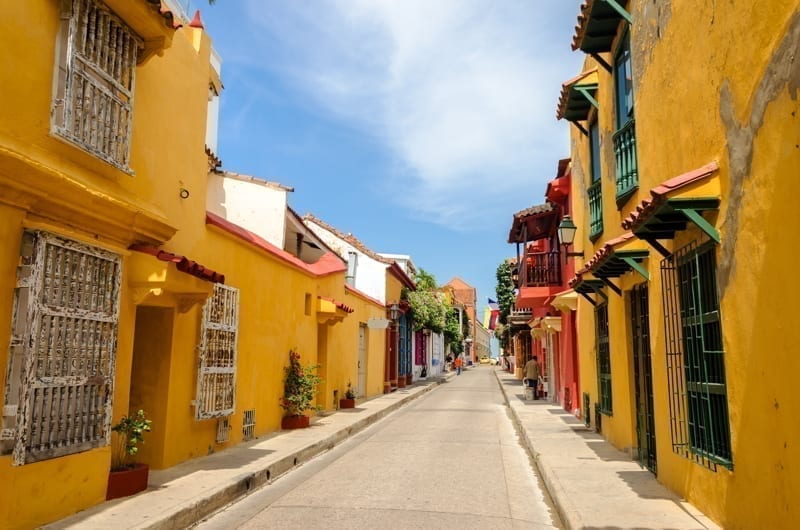
U.S. citizens may enter Colombia without a visa and remain in the country for a maximum of 90 days per trip. You may be asked to provide proof of onward travel.
The process for residency is fairly simple and straightforward, with low income and investment requirements. Colombia offers some of the world’s easiest residency options, with the least amount of red tape.

Reviewed By Kathleen Peddicord
Kathleen is the Live and Invest Overseas Founding Publisher. She has more than 30 years of hands-on experience traveling, living, and buying property around the world.




Experience The World’s #1 Retirement Haven
Sept. 17-19, 2025
Valencia, Spain
Start Your New Overseas Life Today
We Value Your Privacy! We will not share your email address with anyone else, period.
You can enter Colombia through international airports in Bogotá, Medellín, Cartagena, Armenia, Barranquilla, and Cali. You can also enter through land borders and ports along the Caribbean and Pacific coasts.
Most importantly, if you are staying in Colombia for more than 60 days, or are a resident, you will have to pay an exit tax of U$22. This only applies at international airports and cruise terminals.
Plus, Colombia offers 20 different visas, and about 7 of them are commonly used by expats.
A temporary visa in this country is usually valid for one to three years. For permanent residency, the investment value is just under US$150,000.
The most popular types of temporary Colombian visas for expats and investors include the pensioner, rentista, and property-owner visas. There is also a visa specifically for people interested in working in Colombia.
The Colombian pensioner visa (retirement visa) is intended for a retiree who receives a pension from a public or private company or the government (Social Security).
Pensioners’ visas start at a threshold of less than US$1,000 per month.
Rentista Visa
The rentista visa is an option for someone who receives a non-pension income from outside Colombia from a public or private company.
The property owner or business proprietor visa requires investing in your own business or in your share of a business. You can also qualify for this visa by making a property investment in Colombia.
Investments (in properties or companies) start at just over US$30,000.
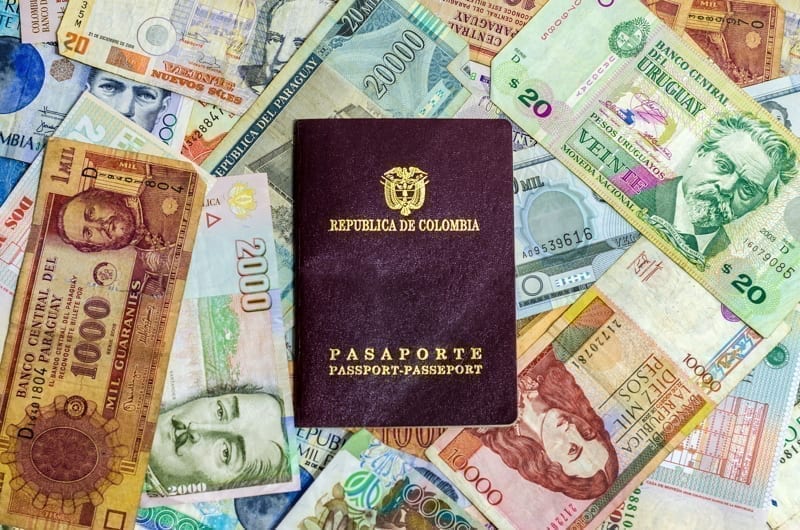
Obtaining residency in Colombia is easy, and you don’t need to be here full-time to maintain it.
Our advice is to obtain a Colombian residency permit as soon as you firm up your interest in the country. Not having a residency card creates hassles for banking, business, and utilities.
Most importantly, residency in Colombia can lead to a second passport and dual citizenship.
Read more: Where To Travel In Colombia

Reviewed By Kathleen Peddicord
Kathleen is the Live and Invest Overseas Founding Publisher. She has more than 30 years of hands-on experience traveling, living, and buying property around the world.




Experience The World’s #1 Retirement Haven
Sept. 17-19, 2025
Valencia, Spain
Start Your New Overseas Life Today
We Value Your Privacy! We will not share your email address with anyone else, period.
Cities such as Barranquilla, Bogota, Cali, Cartagena, Medellin, and Santa Marta are the most popular travel destinations in Colombia.
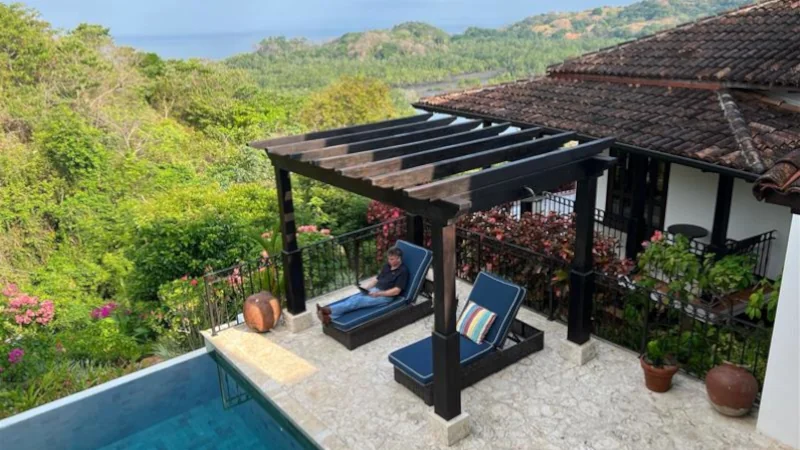 . '
. '
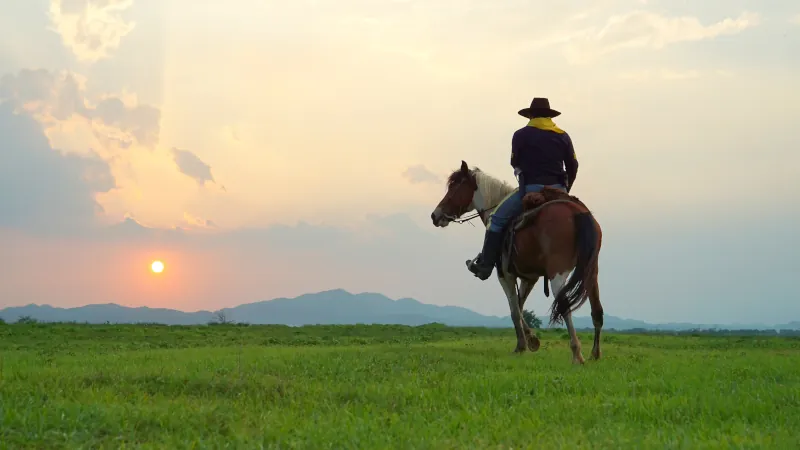 . '
. '
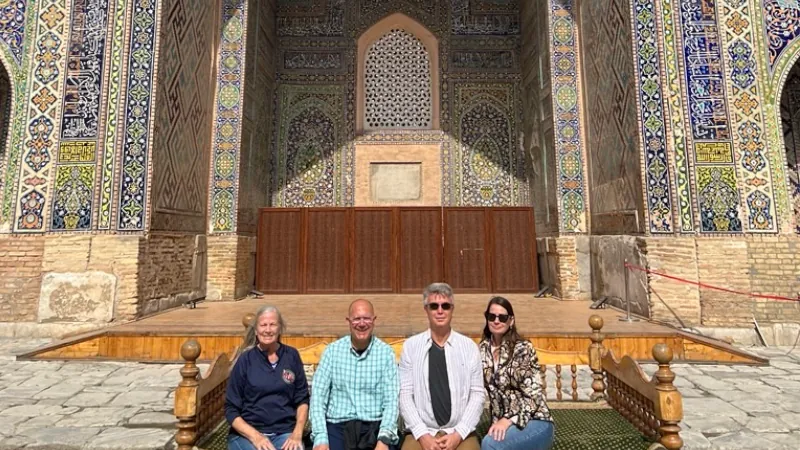 . '
. '
 . '
. '
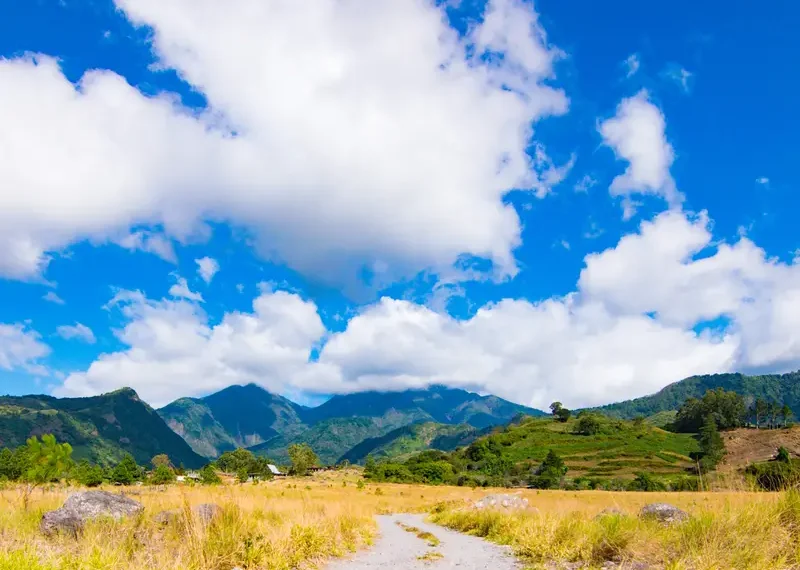 . '
. '


We Value Your Privacy! We will not share your email address with anyone else, period.
As seen in

© 2008 – Live and Invest Overseas™ – All Rights Reserved.
Top Countries
Budgets
Affordable
Resources
Real Estate
Overseas Property Alert
How To Become Independently Wealthy And Fund The Lifestyle Of Your Dreams
Buying Real Estate For Cashflow
Discover tips and strategies used by global property investing veterans
Explore Our Latest Posts
Learn how to invest and purchase property abroad…
Conferences
Live and Invest In Spain Conference
Offshore Wealth Summit
GREECE WORKSHOP
Contact Our Events Team:
Toll-Free U.S. and Canada:
1 (888) 627 8834
From Outside North America:
1 (443) 599 1221
Working Hours
Monday – Friday 08:00 am – 17:00 pm EST.
Reach us with your questions by email at: events@liveandinvestoverseas.com
Store
Overseas Havens Reports
Conference Kits
Lahardan Books
Services
Free Report
THE 10 BEST PLACES TO RETIRE IN 2025
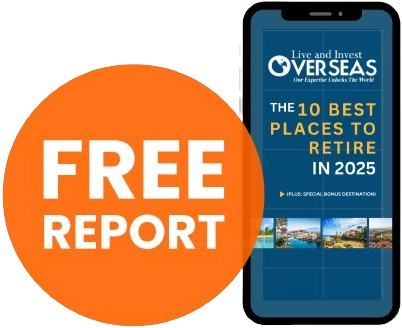
Sign up to receive the FREE daily e-letter, Overseas Opportunity Letter and we’ll immediately email you our editors’ latest research report…
We Value Your Privacy! We will not share your email address with anyone else, period.
Follow Us:
© 2008 - Live and Invest Overseas - All Rights Reserved.
RETIRE OVERSEAS AND LIVE LIKE ROYALTY
Sign up for FREE to learn how. Plus, check out our FREE report on THE 10 BEST PLACES TO RETIRE
RETIRE OVERSEAS AND LIVE LIKE ROYALTY
Sign up for FREE and learn how to live the good life on a modest budget, find bargain property, and more. Plus, check out our free report on the 10 BEST PLACES TO RETIRE.
We Value Your Privacy! We will not share your email address with anyone else, period.